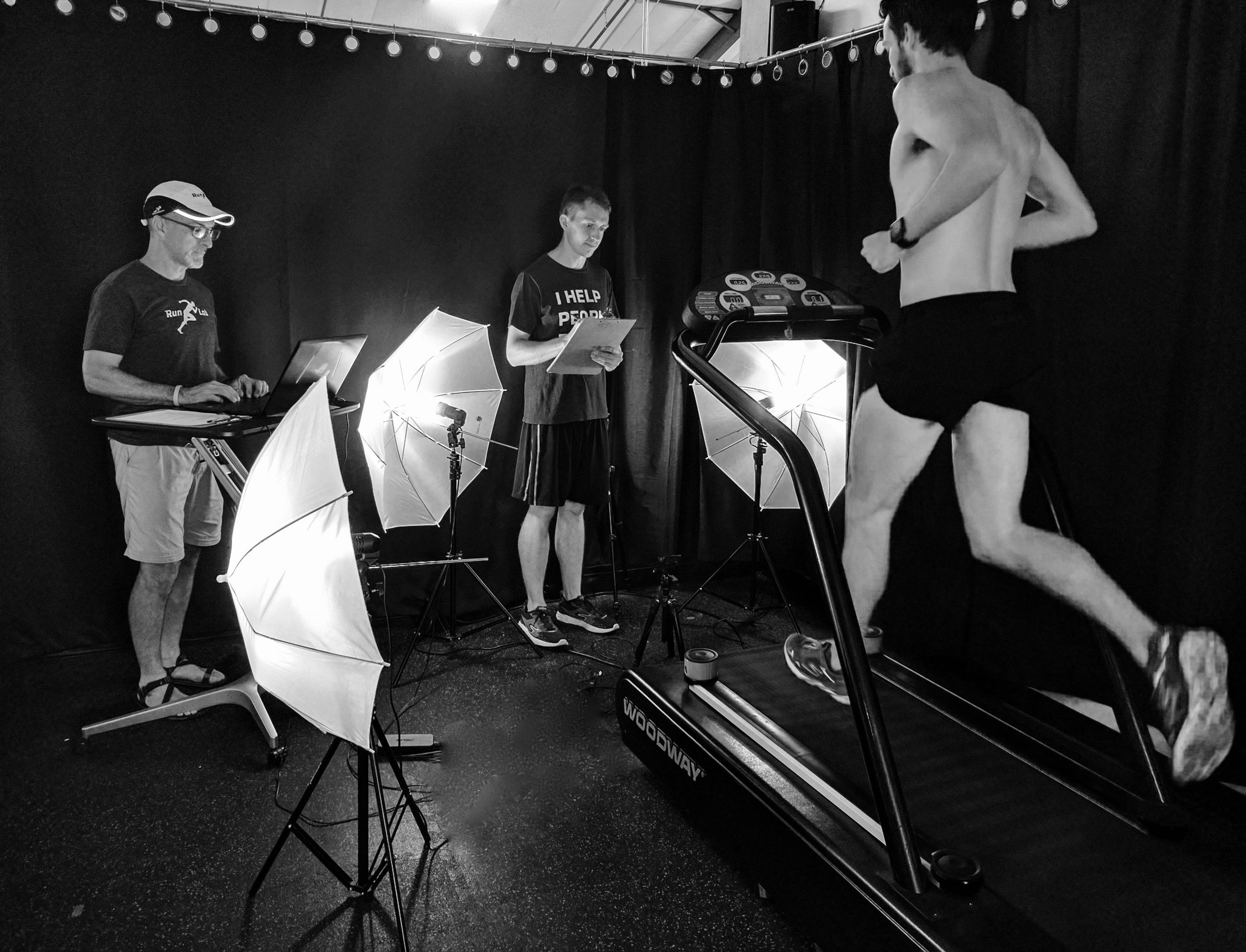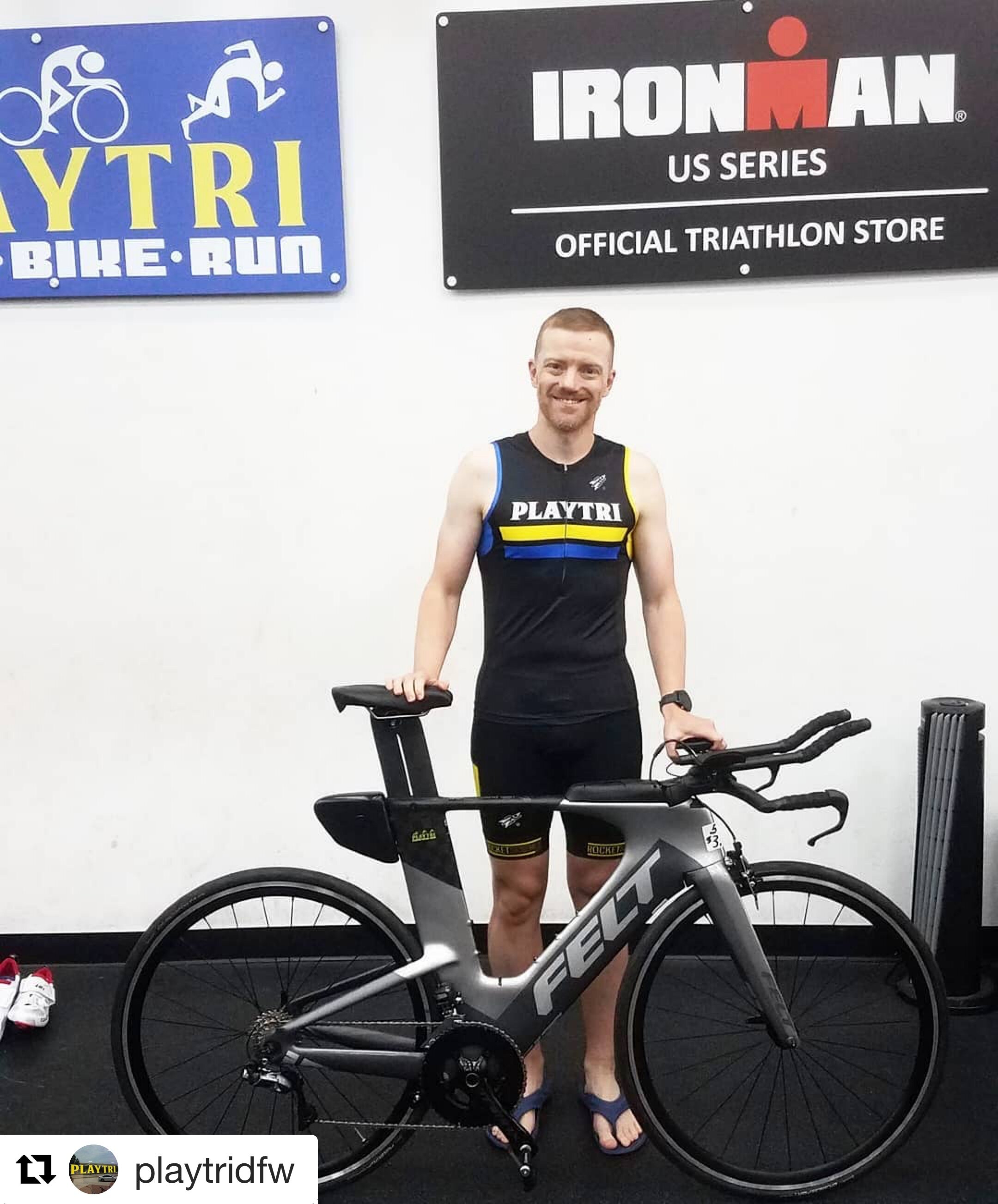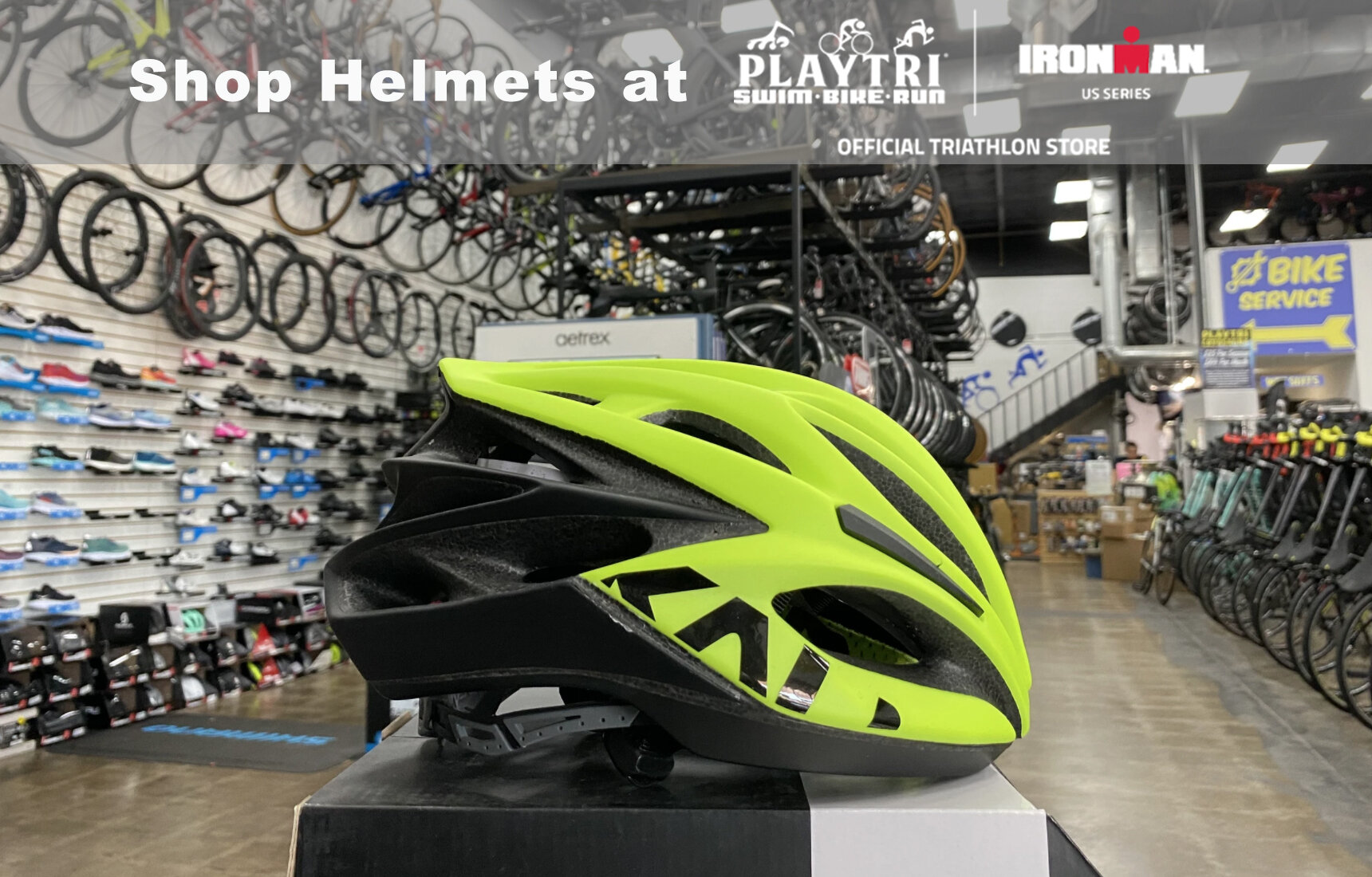“Off season”... Time to tackle your weaknesses. Unless you grew up swimming, we are all chasing “Nemo”.
Our goal in Playtri is:
1) long term health & consistency
2) don’t waste your time
3) maximize your energy
4) have some freaking fun...
& all end with the same result = you WILL get FASTER!
Notice below, none of the swims are based on a specific pace but rather the perception of effort and focus on the details are the name of the game.
LAST NOTE: These workouts are short and sweet, ~35-40min/workout. The goal is build up to at least 4-6x/week in the water.
Wanna step it up a notch, brick it with weights, bike intervals, or a transition run... can’t go wrong, play a little bit!
SUGGESTED OFF-SEASON WORKOUTS:
WORKOUT FOR STRENGTH:
200-300 WarmUp/ 100-200 Cool Down
Repeat 25min
4-6x50: 15 kick Fast/ 35 easy swim- 10sec rest
100: with buoy- as soon as your hand hits the water, pull through with a crescent elbow-10sec rest
6-12x25: with snorkel and band- focus on keeping the body on top of the water, engaging in your core, and keeping the chin down- 10sec rest
100: with paddles and buoy- combine all the work and detail above- 30sec rest
WORKOUT FOR SPEED: (this swim is from one of the greats, so don’t quote me, just trust the results!)
200-300 WarmUp/ 100-200 Cool Down
Repeat 25min:
4x50: 15sprint/ 35 easy- 10sec rest
3x50: 25sprint/ 25 easy- 10sec rest
2x50: 35sprint/ 15 easy- 10sec rest
50: Sprint!!!- 1min rest
WORKOUT WITH DRILLS & SKILLS:
200-300 WarmUp/ 100-200 Cool Down
Repeat 25min
200-300: 25 single arm drill/ 25 single arm drill/ 50 easy swim
200-300: 25 fist drill/ 25 easy swim
200-300: 50 catch up drill/ 50 easy swim
200-300: kick with snorkel and fins
BASIC FARTLEK SWIM:
Repeat 3-4x
10min- moderate swim and throw in 15-35yd/meter sprints. Keep it continuous throughout the time frame- 1min rest between each.
Mix and match equipment, if desired.
No excuses- go put your face in some chlorine & make some gains.
Happy Training!
If you have any questions/comments, please email: amari@playtri.com.





